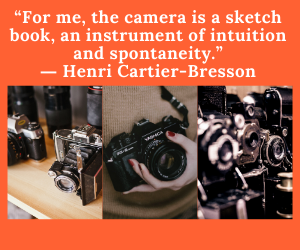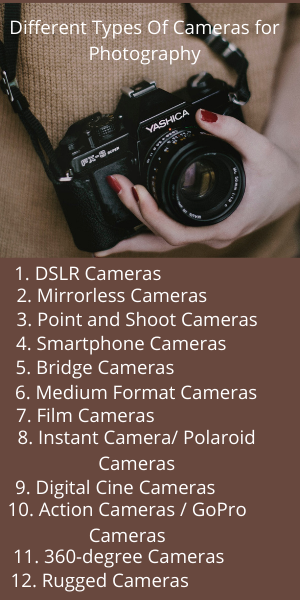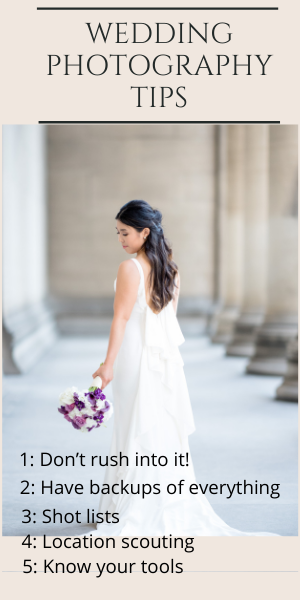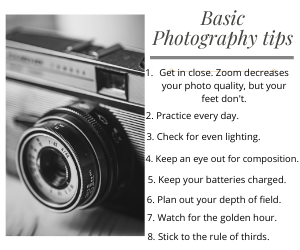
Top secrets for perfect nature photos
Naturalistic shooting is a photographic genre of great charm, very exciting, which conquers an ever-increasing number of enthusiasts who join the many professionals involved in this sector. It is a type of photography activity that requires patience and practice to get good results. It also requires good technical skills, knowledge of the natural environment in which one operates, and the fauna’s habits. There are precise ethics associated with this photographic genre closely linked to the desire to raise public awareness of environmental issues and celebrate nature’s beauty.
The secrets for perfect nature photos
Usually, in the naturalistic photo, the longer is the focal length we decide to use better, 500mm or more. If you use an app-c sensor reflex, remember the crop factor that will multiply the focal length. To get impressive photos of animals in their habitat, on the other hand, try using a wide-angle lens. Place the camera on a stand and shoot from a distance using a remote control. It will take a while for your subjects to get used to the camera. Try to attract them by placing food where you want to frame it.
Blur the background
Typically, photos of animals work best if you reduce the depth of field as much as possible. A lens with a long focal length is already a good starting point. Use it with the aperture open to the maximum to blur the background as much as possible. Shooting at close range means having a depth of field of a few millimeters, but the background can be distracting even if it is completely out of focus. Pay attention to the lighter and too recognizable shapes in the background and move the camera to eliminate them from the frame.
How to exhibit
The exposure mode you use most frequently depends only on your taste. You can use your camera’s p, a, s, or m modes and still get identical results. For nature photography, you will often want to reduce the depth of field as much as possible to avoid distracting backgrounds and to keep the exposure time fast. For this reason, the best way to use is aperture priority (a). If you want to vary the brightness of the scene, you can use exposure compensation. Working like this, you will have to be more careful, but you will have the advantage of compensating for the exposure very quickly.
Fast times
To take pictures of birds in flight, you will need a faster exposure time than you can imagine. With a long focal length, an exposure time of 1 / 2.000sec will probably be needed. Consequently, you will have to use a large aperture and a high iso sensitivity.
Training in the park
To photograph animals in their natural environment, it can take hours, if not days, to wait, so you can’t afford to miss such rare opportunities to take good photos, and your photographic skills must be perfect. But how can you quickly train yourself to photograph animals? The simplest way is to visit parks, naturalistic oases, and reserves. In these places, animals are more accustomed to human presence and are found in delimited areas. This “Training” will help you predict and manage the movements of animals and become familiar with many situations that will arise when shooting in contexts.
You may also like to read, How to shoot street photography



